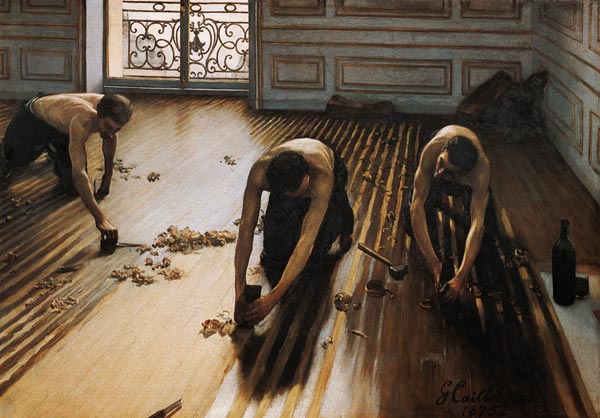A thought on Borca di Cadore
The meeting with Marc Augé in Forni di Sopra (UD), has spurred me into reflection on several issues related to the contemporary vision of the artist. In particular, the subjects of my following considerations have been the so-called artistic poetics and its relation with the initial, childish experiences.
I believe the creative and expressive forms opted for by an artist, whom we’re going to describe as very young, to be fundamental, because they establish that unique and inescapable relation between the human, which becomes their expounder, and its emotions. As a willowy shrub which rises tall because it follows the trunk onto which it’s hanging on, so the thoughts and sentiments rise up to a higher level when they find an expressive form that makes them shared and vibrant. The creative technical questions aren’t to be understood as lost in a sterile void, but when one is young they are the elements which support the drive for research, for shaping the outer and inner forms, indipendently from the consensus on the public, and from the profit.
The places which are identified as ruins, as abandoned and/or disused buildings, detached from their original role, can attract attention as fulcra of artistic activity precisely because the artist mainly senses the vacuity of many human actions designed for the acheivement of social success. What remains unaltered is the vital drive of nature that can be interpreted in many ways, but that makes one feel a link which something that may be defined as trascendent. The artwork doesn’t seek an explaination for the human set of problems; it does, however, insert itself, almost by chancee, in spite of society and image, in another dimension, so to speak. The village-place of Borca depicts itself precisenty in this transient reality.

Gustave Caillebotte. Les raboteurs de parquet ( the planers of parquet), oil on canvas, cm 102 x 146,5, 1875.
The planers of parquet (Les raboteurs des parquet) by Gustave Caillebotte represent symbolically the artist’s work in Borca. As Caillebotte’s raboteurs, the artists in Borca carry out a work of planing through their artworks, bringing new light and new live in the former Eni Village.




